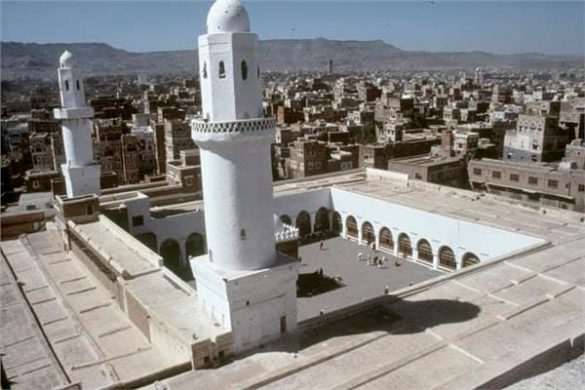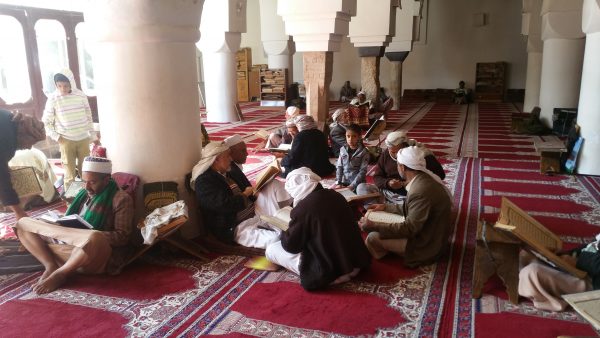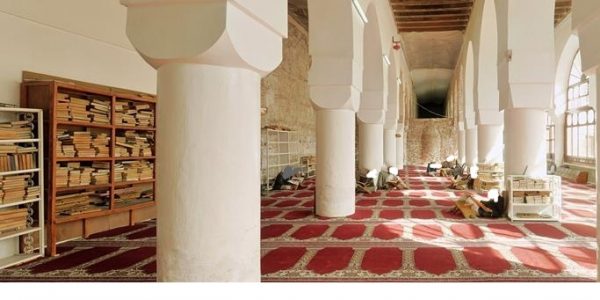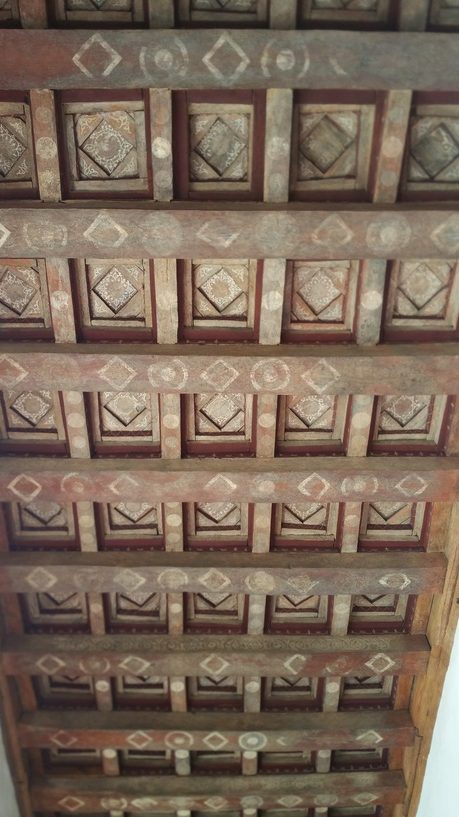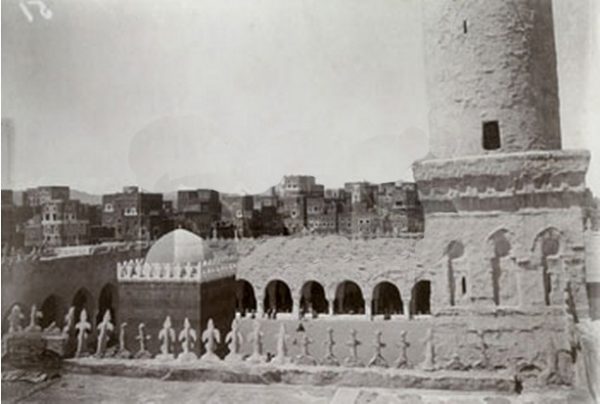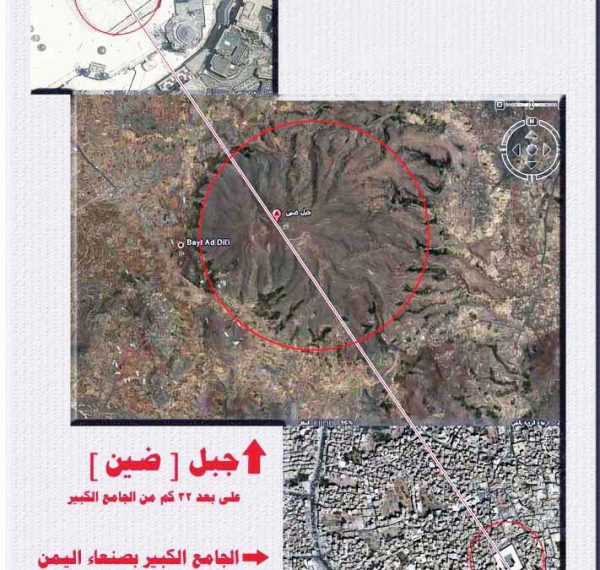Why Does The Great Mosque Have Two Minarets?

Why Does The Great Mosque Have Two Minarets?
Many people ask this question, including us, why the Great Mosque with two minarets???, allow me to answer, and I may be right or wrong, and the answer, if correct, may be added to a group of other reasons that called for building two minarets or the benefit of their presence. It is well known historically and scientifically that the Great Mosque was the first mosque built in Yemen in the 6th century AH, and also that its qiblah was one of the most correct and precise kisses because it was controlled by following the teachings of the Prophet, peace and blessings be upon him. The two existing minarets today date back to the seventh century, and are among the beauties of Alam Al-Din. Saar Al-Ashkanani responded, after he destroyed the previous two and reconstructed them. So, after this preamble, I prefer the benefit of having two beacons: 1- The eastern and western minarets of the mosque are considered a compass for those who want to know the direction of the qiblah, and by looking at them from anywhere in the city of Sana’a, it helps the worshiper in controlling and estimating the direction of his deviation from the qiblah, as well as in the case of building a new mosque, because by inspecting the two mosques, the qiblah of the new mosque is placed and controlled. 2- This reason that I will mention now may not be as important as the previous one, but when the dead person is placed in the grave on his right side and is kissed, the qiblah was determined by looking at the two hermitages. And if we make two straight lines extending from the two hermitages, we will notice that a large part of the graves in the Majel al-Dimma cemetery are located or confined between the two cells. It was bulldozed at the end of the second Ottoman presence during the construction of Qishlat al-Aridy or after the revolution as a result of urban expansion after 1962 AD, and this means that the cemetery of Majel al-Dimma is older than the cemetery of Khuzaymah or any other cemetery
[/vc_column_text]
SOCH/Eng.Abdullah Al-Sumat

